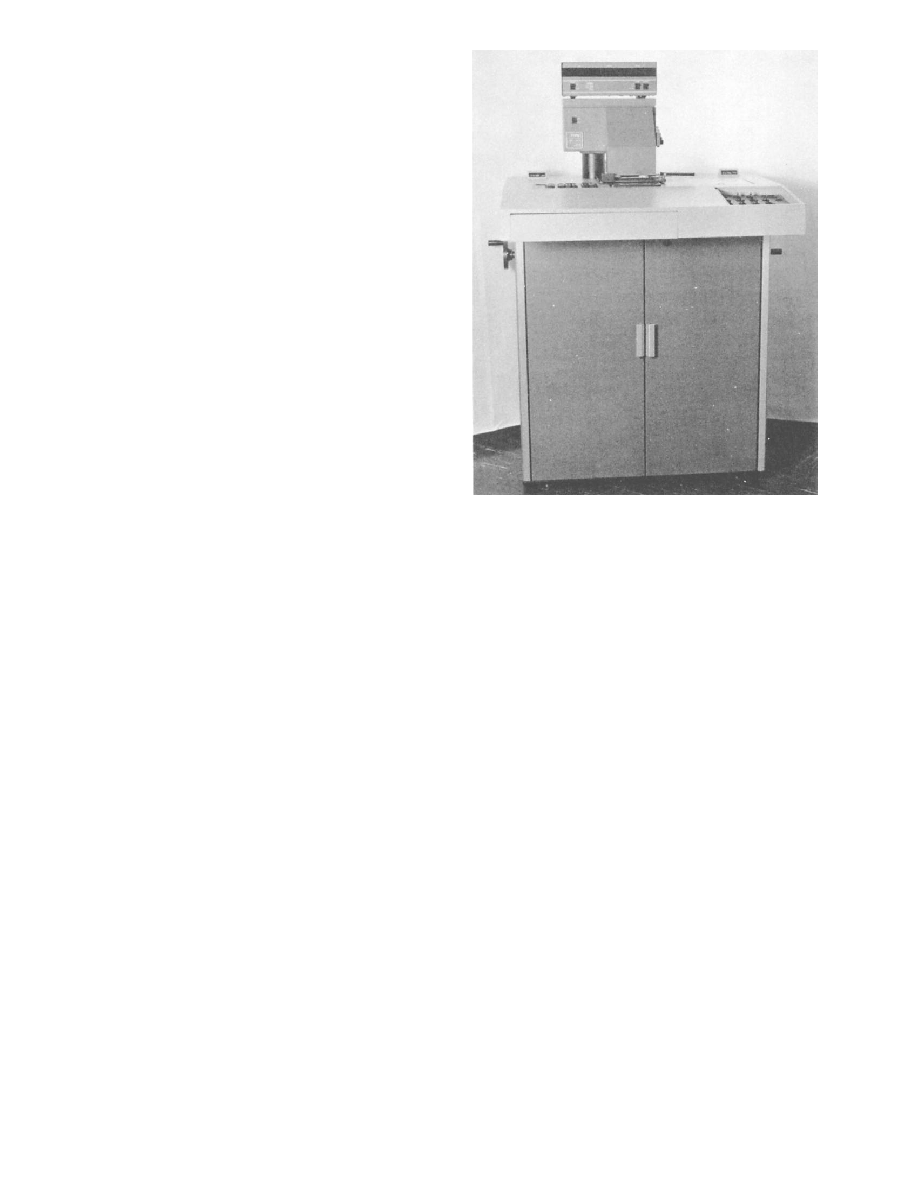
DOFMaster
for Windows
On-line
Depth of Field
Calculator
DOFMaster for Mobile Devices
On-line
Depth of Field
Table
Hyperfocal
Distance Chart
Articles
FAQ
Recommended
Books
Support
Contact
Links
Home
for Windows
On-line
Depth of Field
Calculator
DOFMaster for Mobile Devices
On-line
Depth of Field
Table
Hyperfocal
Distance Chart
Articles
FAQ
Recommended
Books
Support
Contact
Links
Home
As an Amazon Associate I earn from qualifying purchases.
![]()
development or dye destruction materials are used.
Colored filters are used to alter the printing light to
obtain proper color balance, much the same as is done
materials. The borders of these positive materials are
black when unexposed. Dust particles and scratches also
appear black. To make a test print lighter, you must
increase the exposure. Dodging darkens selective areas
of a print, and burning in lightens selective areas of a
print. Color corrections are performed the same as the
visual appearance requires.
used to print both black and white and color. When
high-volume production is routine in an imaging
facility, automated printers are an invaluable piece of
equipment.
photographic paper that must be taken out and processed
through a processor. Other more sophisticated types
analyze, expose, cut, process, and dry the paper auto-
matically.
prints. The advantages of roll paper printers are they are
operated under normal room lighting conditions, and
they are very useful when a large number of the same
size prints are needed from a single negative. When
the printer, the printer makes each exposure and
processed. After processing, the prints are then cut from
the roll with a paper cutter.
a production negative is printed, the machine refers to
highest quality prints possible. The most popular roll
paper printer used in Navy imaging facilities is the Pako
BC 24 (fig. 12-7A and fig. 12-7B).
carriers. These types of printers are fast and can be used
to rush production. In these systems, the printer and
processor are combined into one unit. The printer cuts
the paper to size, exposes it, and automatically feeds it
through the processor. Minilabs (as they are called) are
used in all of the "One Hour" photo-finishing shops that
you see today.
operated under normal room lighting conditions. The
printer is controlled by a keyboard (fig. 12-9). Some
systems have zoom enlarging lenses to alter the image
size. The negative can be aligned and composed by
adjusting the negative carrier. These adjustments to the
image size and cropping can be seen on a viewing
screen.
Basic Photography Course

As an Amazon Associate I earn from qualifying purchases.
WWW.DOFMASTER.COM
© 2006 Don Fleming. All rights reserved.
© 2006 Don Fleming. All rights reserved.